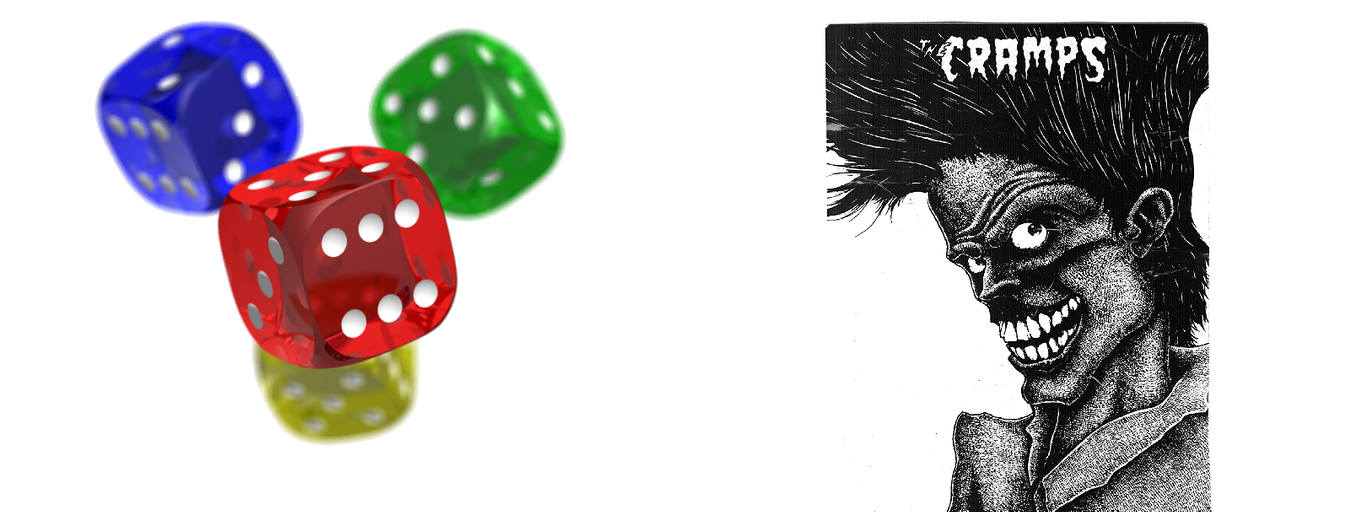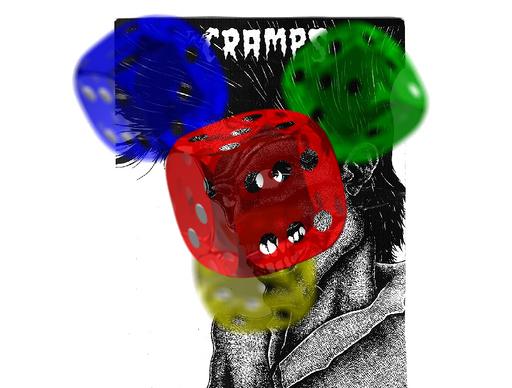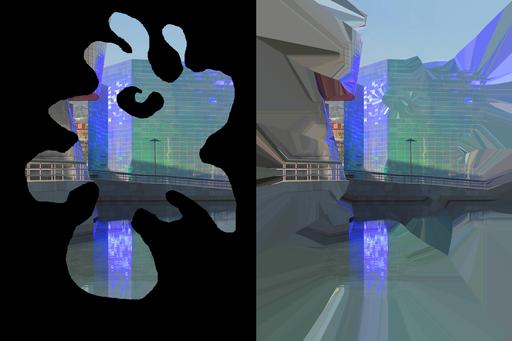libvips 8.6 is done! Though it’s a bit late. This post summarizes what’s new – check the ChangeLog if you need more details.
New operators
There are five new operators. The largest is vips_composite2(): this will
composite a pair of transparent images together using PDF-style blending
modes. For example, given the standard libtiff and libpng demo images:
Running:
$ vips composite2 cramps.png png_demo1.png x.png over
Gives:
over is probably the most useful, but composite2 supports all the PDF blend
modes.
composite2 joins a pair of images, but you can join a whole array of images
using an array of blend modes in a single operation with composite. Options
let you control the compositing space and premultiplication handling.
vips_fill_nearest() replaces every zero
pixel in an image with the nearest non-zero pixel. For example:
The zero pixels on the left have all been replaced. It’s reasonably quick (about a second for that example on this old laptop) and doesn’t need that much memory. It’s handy for things like cell counting, where you want to assign cell pixels to the nearest nucleus.
vips_find_trim() searches an image in from
the edges and returns the bounding box of the non-background pixels. It’s
useful for automatically trimming away the edges from scanned images.
vips_gravity() places an image within a
larger canvas, positioning the image according to a compass direction. It’s
just vips_embed() with a convenient interface.
vips_thumbnail_image() lets you thumbnail any image source. It can be
useful if you need to do something to an image before making a thumbnail.
New features
There are a few new options for existing operations.
-
A
FORCEresize mode lets you break the image aspect ratio in resizing. -
thumbnailandvipsthumbnailhave an option for rendering intent, credit to kleisauke. -
vips_text()can autofit text to a box. You give the size of the box to fill, and it’ll automatically search for a DPI that just fills that area. Credit to gargsms. -
VIPS_COMBINE_MINis a new combining mode forvips_compass(), handy for estimating gradients. -
vips_hist_find_indexed()now has acombineparameter. This makes it possible to quickly find the bounding boxes of a large number of objects, for example. -
vips_affine()andvips_similarity()have abackgroundparameter. Previously, they always used 0 for new pixels and you had to composite on something else somehow. -
The nasty jaggies on the edges of affine output have been fixed, credit to chregu.
Image format improvements
As usual, the image load and save operations have had a large number of improvements:
-
The FITS loader supports images with leading non-image HDUs, credit to benepo.
-
All savers support a
page_heightoption for multipage save. -
tiffsave_buffersupports for pyramid save, credit to bubba. -
svgloadhandles very large output gracefully, and handles missing width and height, credit to lovell. -
The GIF loader adds
gif-delay,gif-commentandgif-loopmetadata. -
The GIF loader knows about dispose handling, so it can correctly load complex animated GIFs, credit to chregu.
Changes
There have been a few changes to existing features.
-
The built-in Python bindings for vips7 and vips8 are now deprecated and are disabled by default. They are still there and still work, but we now strongly recommend the new
pyvipsbinding in pip. -
The Python part of the libvips test suite has been removed and is now in
pyvips. -
vips_conv(),vips_compass(),vips_convsep()default toFLOATprecision. This prevents unexpected behaviour in a few common cases. -
The
centreoption forvips_resize()is deprecated – it’s now always on.
Fixes and small improvements
Finally there are a range of smaller improvements:
-
New C API:
vips_image_new_from_image()andvips_image_new_from_image1()make a constant image. This has been added to all the language bindings too. -
Better prefix guessing on Windows, credit to tumagonx.
-
libvips now sets file create time on Windows, credit to dlong500.
-
The
discload property has been renamed asmemoryand defaults off. -
libvips has much better gobject-introspection annotations, credit to astavale.
-
vips_image_write()severs all links between images, when it can. This fixes a range of annoying problems in large programs. Credit to warren and nakilon. -
The vector path for convolution is more accurate and can handle larger masks.
-
Linear and cubic kernels for reduce are much higher quality.
-
Setting the EXIF data block automatically sets the derived image tags, credit to monostefan.
Plus many even smaller bug fixes and improvements. As usual, the ChangeLog has more details, if you’re interested.


